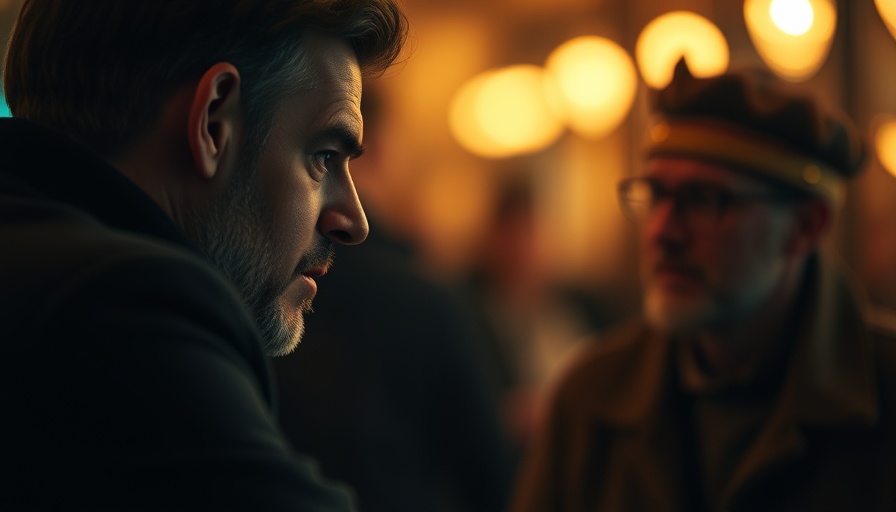
Understanding the Lasting Impact of Hurricane Katrina
On August 29th, 2005, Hurricane Katrina struck the Gulf Coast, leaving a deep scar on the city of New Orleans and its communities. The catastrophic event not only reshaped the physical landscape but also altered the lives of countless individuals, as Ryan Clark and Leonard Fournette recounted in their recent discussion about the storm. Their personal experiences serve as a poignant reminder of the devastation, resilience, and human spirit in the face of adversity.
In Ryan Clark and Leonard Fournette recount Hurricane Katrina, the discussion dives into the personal narratives shaped by this devastating event, exploring key insights that sparked deeper analysis on our end.
The Human Stories Behind the Statistics
The nature of Hurricane Katrina is often illustrated through staggering statistics—over 1,800 lives lost, thousands displaced, and billions in damages. But personal accounts shed light on the human stories that statistics leave out. Clark’s recollection of his father as the family’s weatherman emphasizes the personal connections that ground us during disasters. Iconic moments, such as families gathering together and struggling to escape the rising floodwaters, illustrate the power of community amidst chaos.
Parallels with Modern Events
The devastation caused by Hurricane Katrina offers a stark comparison to recent natural disasters, such as hurricanes Harvey and Maria. Each time, communities faced similar agonizing decisions around evacuation as they weighed limited resources and family ties against the unpredictable power of nature. Understanding these parallels enables us to appreciate resilience and preparedness in the face of unforeseen events. Clark and Fournette’s stories from their childhood give new meaning to these more recent hurricanes, emphasizing that the experience of community is universal.
The Power of Resilience and Rebuilding
While the aftermath of Katrina remains vivid, the resilience of New Orleans is undeniable. Clark shares how, four days and five nights of sleeping on a bridge with family in search of refuge, is a testament to human resilience. The community's ability to rebuild—from the complexities of restoring neighborhoods to a vibrant culture—demonstrates that recovery can be as powerful as it is painful. It serves as a call for ongoing support and recognition of those affected long after the news cycle has passed.
Lessons Learned: Preparing for Future Disasters
The haunting memories of Katrina teach lessons crucial for future preparations. The conversation highlights the importance of having a clear evacuation plan and recognizing that not everyone can leave when storms approach. Transportation access, community resources, and the bonds between residents all contribute to a city’s readiness in times of crisis. As future storms loom, it is essential that cities prioritize disaster preparedness while fostering community ties to enhance resilience.
What This Means Today
As the world grapples with increasingly severe weather patterns, the stories shared by Clark and Fournette resonate with urgency. We need to recognize the impact of climate change on natural disasters and advocate for better urban planning, infrastructure improvement, and community support systems. Understanding the local—and global—impact of such events continues to shape sports culture, community dynamics, and even the athletic events we cheer for, highlighting how interconnected we all are.
 Add Element
Add Element  Add Row
Add Row 



Write A Comment